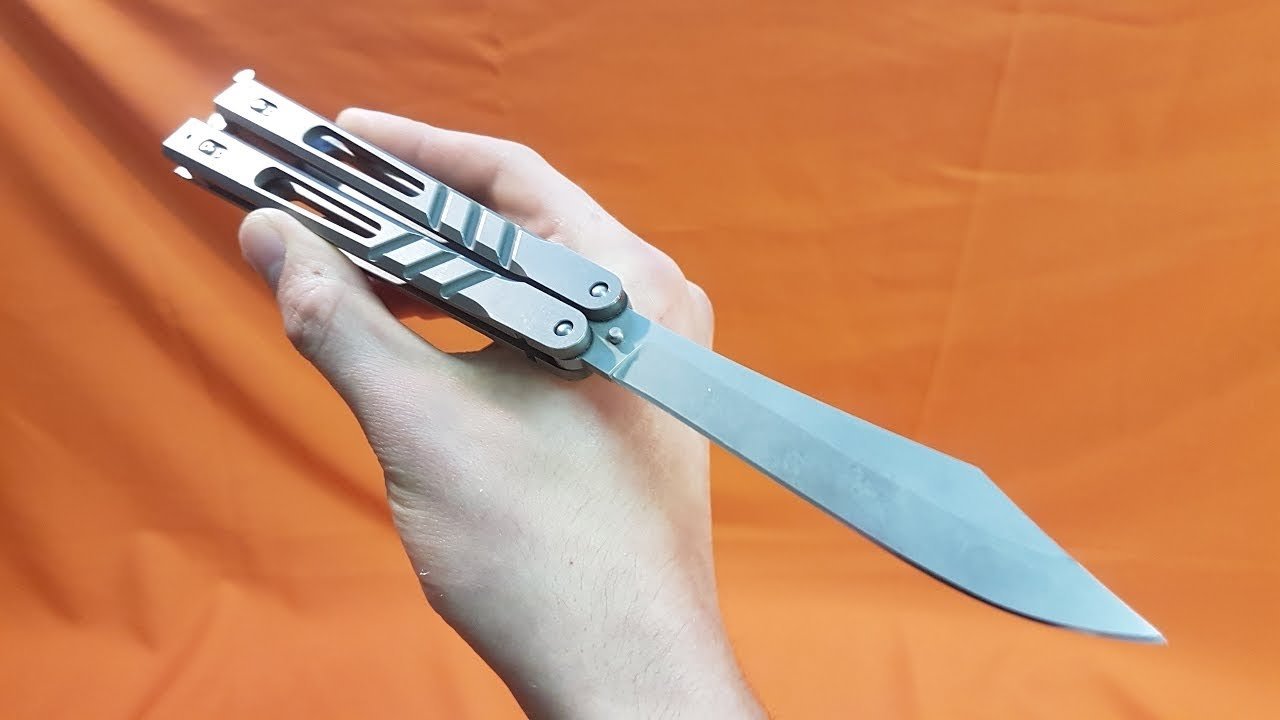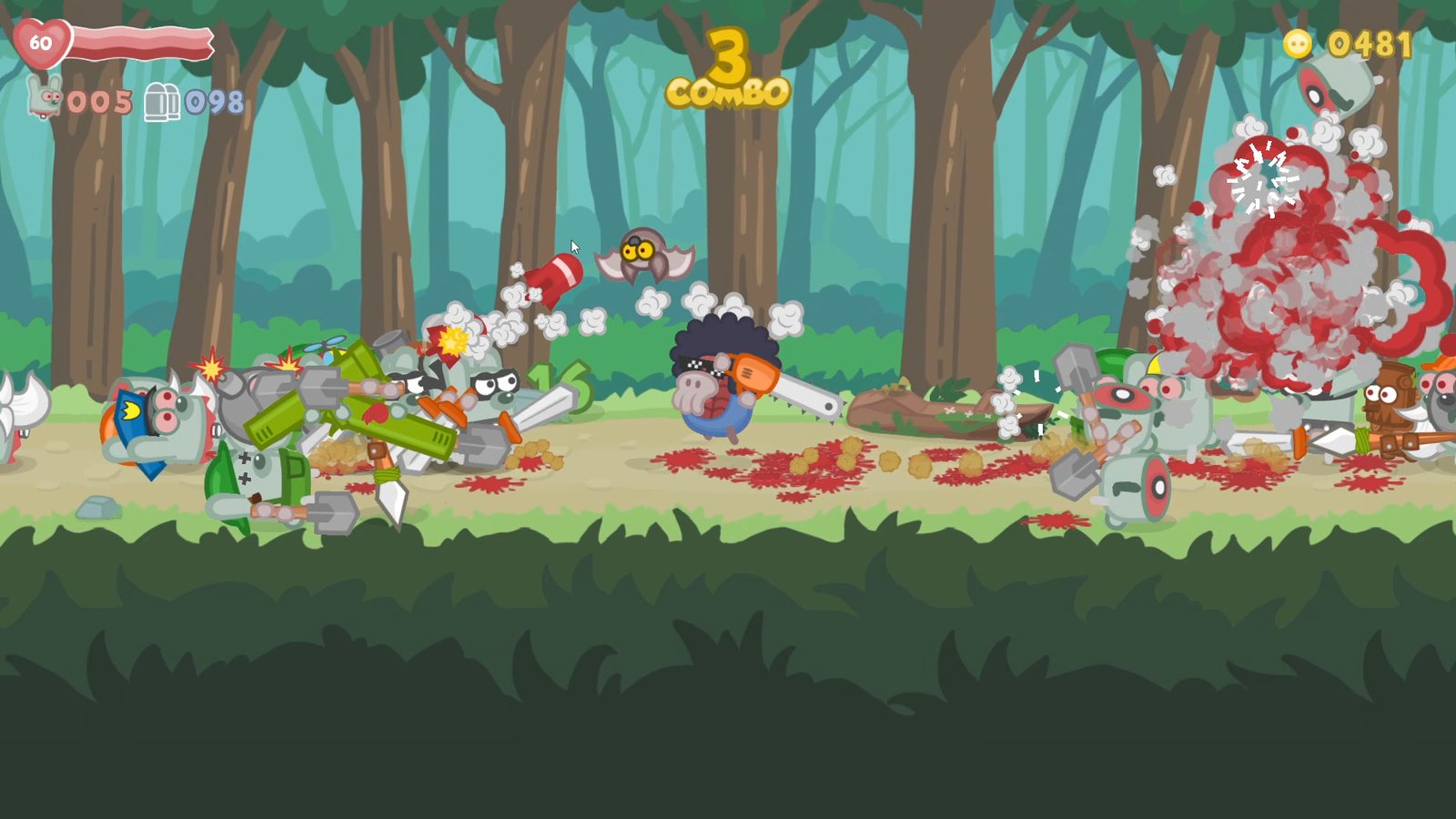Butterfly knives, also known as balisongs, are not just tools or weapons—they’re an art form. With their sleek design and the mesmerizing flips and spins they can perform, butterfly knives have become a favorite among knife enthusiasts, collectors, and trick performers. But there’s more to these knives than just their flashy moves. They have a rich history, a unique design, and a culture all their own.
In this guide, we’ll dive deep into the world of butterfly knife tricks, from basic moves to advanced techniques. Whether you’re a complete beginner or someone looking to sharpen your skills, this comprehensive article will help you master the art of the balisong. We’ll also cover safety tips, maintenance advice, and the legal aspects of owning and using butterfly knives. So, flip open your knife and let’s get started!
The History and Anatomy of a Butterfly Knife
A Brief History of the Balisong
The origins of the butterfly knife are often traced back to the Philippines, where it was used as both a utility tool and a weapon. The term “balisong” comes from the Tagalog words “bali,” meaning “to break,” and “sungay,” meaning “horn,” referring to the materials originally used to make the handles. These knives were practical tools for everyday tasks, but they also had a place in Filipino martial arts, particularly in Eskrima and Arnis.
Over time, the butterfly knife gained popularity outside of the Philippines, especially in the United States during the late 20th century. It became a staple in martial arts demonstrations and action movies, which showcased its flashy flipping techniques. Today, butterfly knives are appreciated worldwide for their unique design and the skill required to master their tricks.
Anatomy of a Butterfly Knife
Understanding the parts of a butterfly knife is essential before you start learning tricks. Here’s a quick breakdown of the key components:
- Handles: A butterfly knife has two handles that rotate around the blade’s tang. One is the “safe handle,” which is attached to the dull side of the blade, and the other is the “bite handle,” connected to the sharp side.
- Blade: The blade is the cutting part of the knife. Training knives have dull blades for practicing tricks safely.
- Pivot Pins: These are the pins that connect the handles to the blade, allowing them to rotate.
- Latch: The latch keeps the handles locked together when the knife is closed.
Familiarizing yourself with these parts will help you understand how the knife moves and how to control it during tricks.
Different Types of Butterfly Knives
Butterfly knives come in various styles and materials, each with its own feel and performance characteristics. Here are some common types:
- Trainer Balisongs: These have dull, unsharpened blades, making them ideal for beginners to practice tricks without the risk of injury.
- Live Blade Balisongs: These are functional knives with sharp blades. They’re typically used by more experienced flippers who have mastered the basics.
- Custom and High-End Balisongs: These knives are often crafted from premium materials and feature intricate designs. They’re popular among collectors and serious enthusiasts.
Choosing the right butterfly knife depends on your skill level and intended use. For beginners, a trainer is the safest and most practical option.
Getting Started: Safety First
The Importance of Safety Gear
Before you start flipping a butterfly knife, it’s crucial to prioritize safety. Even with a trainer knife, improper handling can lead to cuts, bruises, or other injuries. Here are some essential safety tips to keep in mind:
- Wear Protective Gear: Consider wearing gloves to protect your hands from accidental nicks. Finger guards and wrist braces can also help prevent injuries during practice.
- Use a Safe Environment: Practice in a spacious area free of fragile objects and distractions. A soft surface, like a carpet or padded mat, can cushion the knife if you drop it.
- Start Slow: Focus on mastering the basic movements slowly and deliberately before attempting faster or more complex tricks.
Understanding the Safe and Bite Handles
Knowing which handle is the safe handle and which is the bite handle is crucial for preventing injuries. The safe handle is attached to the dull side of the blade, while the bite handle is connected to the sharp edge. Always grip the safe handle when performing tricks to minimize the risk of cutting yourself.
A good rule of thumb is to mark the safe handle with a piece of tape or a small sticker, especially when you’re just starting out. This visual cue will help you develop muscle memory and avoid grabbing the wrong handle during tricks.

Common Mistakes to Avoid
Even experienced flippers can make mistakes, but being aware of common pitfalls can help you progress more smoothly:
- Skipping the Basics: Jumping straight into advanced tricks without mastering the fundamentals can lead to frustration and injury. Take your time with the basics.
- Neglecting Maintenance: A poorly maintained knife can lead to malfunction or unexpected behavior during flips. Regularly clean and lubricate your knife to keep it in top condition.
- Overconfidence: It’s easy to get excited and push yourself too hard, but overconfidence can lead to mistakes. Always practice within your skill level and be patient with your progress.
Basic Butterfly Knife Tricks
The Opening and Closing Techniques
Before diving into flashy tricks, you’ll need to master the basic opening and closing techniques. These foundational moves will help you get comfortable with the knife’s mechanics and build the coordination needed for more advanced tricks.
- Basic Opening: Hold the safe handle and flick the bite handle outward. Rotate the knife around your hand, bringing the bite handle back into your grip to complete the open position.
- Basic Closing: Reverse the opening process by flicking the bite handle back and rotating the knife closed.
Practice these moves slowly until you can perform them smoothly and confidently.
The Y2K Rollover
The Y2K Rollover is a popular beginner trick that involves flipping the knife around your thumb. It looks impressive but is relatively easy to learn with some practice.
- Step-by-Step:
- Hold the safe handle and flick the bite handle upward.
- As the knife rotates, guide it around your thumb, letting it roll over the top.
- Catch the safe handle on the other side to complete the trick.
This trick helps develop hand coordination and control, making it a great stepping stone to more advanced moves.
The Zen Rollover
The Zen Rollover is another beginner-friendly trick that adds a bit more flair to your routine. It involves rolling the knife over your index finger, creating a smooth, flowing motion.
- Step-by-Step:
- Hold the safe handle and flick the bite handle upward.
- Allow the knife to roll over your index finger, guiding it with a gentle motion.
- Catch the safe handle to finish the trick.
With practice, the Zen Rollover will become a fluid, stylish addition to your repertoire.
Intermediate Butterfly Knife Tricks
The Behind-the-Back Pass
Once you’ve mastered the basics, it’s time to move on to more challenging tricks like the Behind-the-Back Pass. This trick adds an element of surprise and showmanship to your routine.
- Step-by-Step:
- Start with the knife open and held in your dominant hand.
- Toss the knife behind your back, catching it with your other hand.
- Use a basic opening technique to bring the knife back into view.
This trick requires good timing and coordination, so start slow and practice in a safe environment.
The Aerial Flip
Aerial flips are visually stunning tricks that involve tossing the knife into the air and catching it. They’re more advanced and require a solid understanding of the knife’s balance and movement.
- Step-by-Step:
- Hold the safe handle and flick the knife upward, giving it a slight spin.
- Watch the knife carefully as it rotates in the air.
- Catch the safe handle to complete the trick.
Aerial flips can be risky, so always practice over a soft surface to prevent damage to the knife and avoid injuries.
The Double Rollout
The Double Rollout is a flashy trick that involves two consecutive rollovers, creating a continuous, flowing motion.
- Step-by-Step:
- Start with a basic rollover, guiding the knife over your thumb.
- As you catch the safe handle, immediately transition into a second rollover.
- Catch the knife to finish the trick.
This trick requires smooth transitions and precise timing, but with practice, it can become a signature move in your routine.
Advanced Butterfly Knife Tricks
The Helix
The Helix is an advanced trick that involves a complex series of flips and rotations, creating a spiral-like motion. It’s challenging but incredibly rewarding to master.
- Step-by-Step:
- Start with a basic opening.
- Transition into a rollover, guiding the knife around your fingers.
- Add additional rotations, creating a continuous, helical motion.
- Catch the knife to complete the trick.
Mastering the Helix requires patience, precision, and a deep understanding of the knife’s movement.
The Chaplin
The Chaplin is a continuous spinning trick that involves rotating the knife around your finger, creating a mesmerizing effect.
- Step-by-Step:
- Hold the safe handle and initiate a rollover.
- As the knife rotates, use your finger to maintain the spin.
- Continue the rotation for as long as possible before catching the knife.
This trick requires excellent control and timing, but it’s a crowd-pleaser once mastered.
The Fan Spin
The Fan Spin is a dynamic trick that creates a fanning motion with the knife, adding visual flair to your routine.
- Step-by-Step:
- Hold the safe handle and flick the knife outward.
- Use your wrist to create a spinning motion, fanning the knife in a circular pattern.
- Catch the knife to complete the trick.
The Fan Spin is a versatile trick that can be combined with other moves to create complex routines.
Maintaining Your Butterfly Knife
Cleaning and Lubrication
Regular maintenance is essential for keeping your butterfly knife in top condition. Dirt, dust, and debris can accumulate in the pivot areas, affecting the knife’s performance.
- Cleaning: Use a soft cloth and mild detergent to clean the blade and handles. Pay special attention to the pivot areas.
- Lubrication: Apply a small amount of lubricant to the pivot pins to ensure smooth, effortless flipping.
Routine maintenance will prolong the life of your knife and improve your flipping experience.
Tightening and Adjusting Screws
Over time, the screws and pivot pins on your butterfly knife may loosen, affecting its stability and performance.
- Tightening: Use the appropriate tools to tighten loose screws. Be careful not to overtighten, as this can cause damage.
- Adjusting: If the knife feels too stiff or too loose, adjust the pivot pins to achieve the desired level of tension.
Regularly check your knife for loose parts and make adjustments as needed.
Storing Your Knife Safely
Proper storage is important for maintaining your butterfly knife’s condition and ensuring safety.
- Sheath or Case: Use a protective sheath or case to store your knife when not in use. This prevents damage and reduces the risk of accidental injuries.
- Dry Environment: Store your knife in a dry, cool place to prevent rust and corrosion.
Taking care of your butterfly knife will ensure it remains a reliable tool for years to come.
Legal Considerations and Ethical Use
Understanding Local Laws
Before purchasing or carrying a butterfly knife, it’s important to understand the laws in your area. Butterfly knives are classified as illegal or restricted weapons in some regions due to their association with concealed carry and potential misuse.
- Check Regulations: Research the laws in your city, state, or country regarding the ownership and use of butterfly knives.
- Know the Restrictions: Some areas may allow possession but prohibit carrying the knife in public. Others may have restrictions on blade length or specific features.
Staying informed about local laws will help you avoid legal issues and ensure responsible knife ownership.
Ethical Use and Respect for Others
While butterfly knives are often used for tricks and self-expression, it’s important to use them responsibly and respectfully.
- Avoid Intimidation: Never use a butterfly knife to threaten or intimidate others. Even if you’re just performing tricks, be mindful of your surroundings and the people nearby.
- Public Spaces: Be cautious when practicing in public areas. Not everyone is familiar with butterfly knives, and your actions may be misunderstood.
Respecting others and using your knife ethically will help foster a positive image of the butterfly knife community.
The Role of Butterfly Knives in Popular Culture
Butterfly knives have been featured in movies, video games, and martial arts demonstrations, contributing to their mystique and popularity.
- Movies and TV Shows: Films like “Kick-Ass” and “The Outsiders” have showcased butterfly knives in action-packed scenes.
- Video Games: Games like “Counter-Strike: Global Offensive” have popularized virtual butterfly knives, making them highly sought-after in the gaming community.
Understanding the cultural impact of butterfly knives can deepen your appreciation for their history and significance.
Conclusion: The Art and Skill of Butterfly Knife Tricks
Mastering butterfly knife tricks is a journey that combines skill, creativity, and dedication. From the basics of opening and closing to advanced techniques like the Helix and Chaplin, each trick offers a unique challenge and opportunity for self-expression.
By prioritizing safety, practicing regularly, and respecting the legal and ethical considerations, you can enjoy the art of butterfly knife flipping to its fullest. Whether you’re a beginner or an experienced flipper, the world of butterfly knife tricks is full of possibilities—so keep flipping, stay safe, and have fun!




















